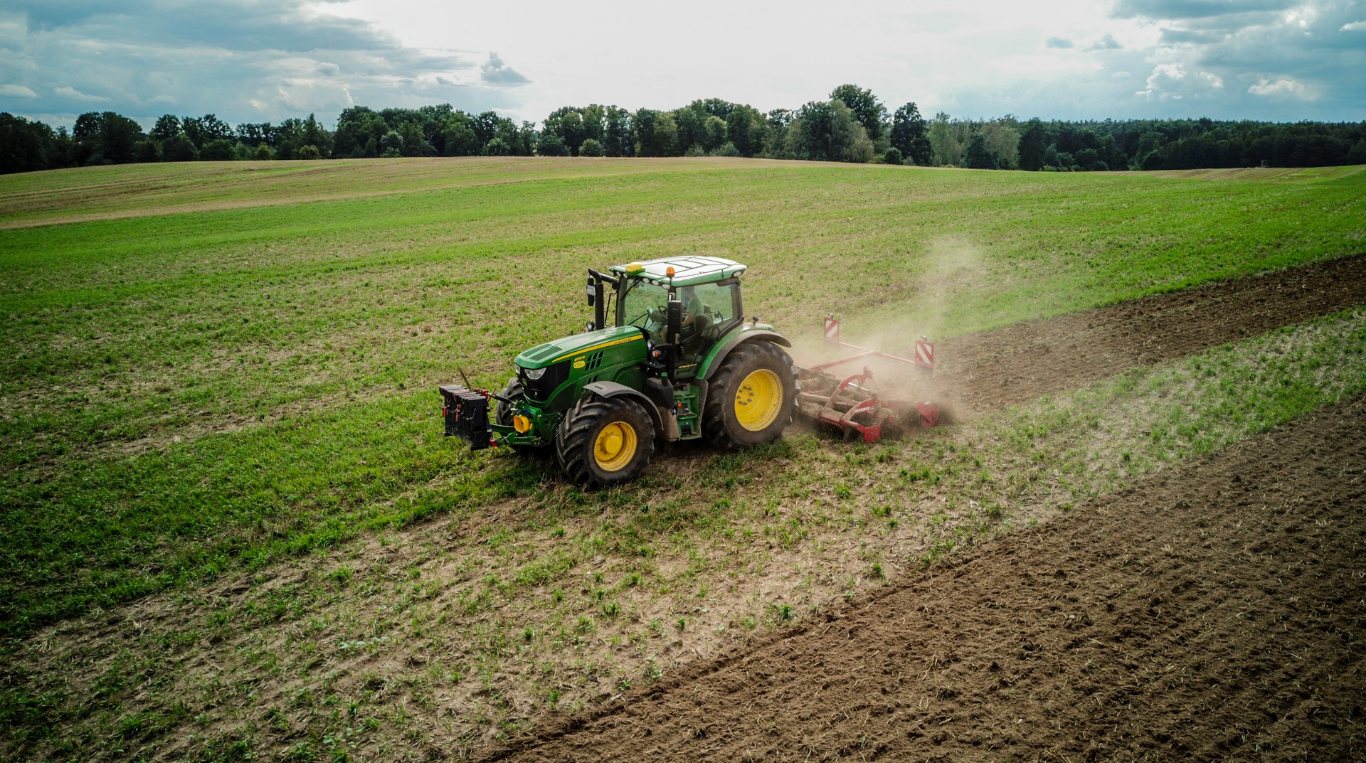
Healthy bodies depend on healthy ecosystems. Choose foods that work with nature — not against it.
The big picture
Most of a meal’s environmental cost comes from how it’s produced. Agricultural expansion is responsible for almost 90% of global deforestation, and about 70% of freshwater withdrawals go to agriculture. What we eat, and how it’s sourced, directly affects forests, rivers, wildlife, and the climate.
Choose foods that work with ecosystems
Foods that rely on clearing forests, heavy inputs, and long supply chains pile on carbon and water use. By contrast, responsibly harvested wild foods, from wild-caught fish to regulated game, require no land conversion, no irrigation, and minimal external inputs. When guided by seasons, quotas, and science, they can maintain healthy wildlife populations and keep landscapes worth conserving. For example, if you were to replace wild meat with store-bought meat products in the United States, you would need to acquire 236 million kg of meat products from conventional agriculture systems each year! Therefore, hunting can reduce the consumption of foods that drive land-use change and greenhouse gas emissions.
When use is managed, conservation can win
In North America, tightly regulated hunting and fishing channel significant, dedicated funding to habitat management and restoration through licence revenues and excise-tax programmes — well over $12 billion to date for fish and wildlife conservation.
Footprint matters, and not all proteins are equal
Life-cycle studies show wild venison carries a substantially lower carbon footprint than common farmed red meats because there’s no feed production, fertiliser, or pasture conversion. One Scottish study found wild venison’s footprint ≈38% lower than beef and ≈49% lower than lamb.
Balance, not absolutism
This isn’t about cutting out entire food groups. It’s about prioritising sourcing: choose foods that conserve ecosystems and support the people who steward them — certified sustainable agriculture where it’s working, responsibly harvested wild foods where governance is strong, and seasonal, locally adapted options that keep nature and nourishment connected.
Share the message
If this resonated with you, help others rethink the link between healthy eating and a healthy planet.
References
· Food and Agriculture Organization (FAO). COP 26: Agricultural expansion drives almost 90 percent of global deforestation. 06 Nov 2021. Available at: https://www.fao.org/newsroom/detail/cop26-agricultural-expansion-drives-almost-90-percent-of-global-deforestation/en
· United Nations Statistics Division. SDG Indicators – Goal 15: Life on Land, Report 2022. “Agricultural expansion is driving almost 90 % of global deforestation.” Available at: https://unstats.un.org/sdgs/report/2022/goal-15/
· FAO. Global agricultural supply chains, deforestation and responsible sourcing. 2022. Available at: https://www.fao.org/markets-and-trade/areas-of-work/emerging-trends-challenges-and-opportunities/global-agricultural-supply-chains–deforestation-and-responsible-sourcing/en
· NatureScot. Life Cycle Assessment of Scottish Wild Venison (Archive Report No. 024). 2015. Available at: https://www.nature.scot/doc/naturescot-archive-report-024-life-cycle-assessment-scottish-wild-venison
· Conservation Visions. 2025. The Magnitude, Value and Economic Cost of Replacing Wild Meat Obtained Through “Recreational” Big Game Hunting in the United States. In review, People and Nature. St. John’s (NL): Conservation Visions, Wild Harvest Initiative®